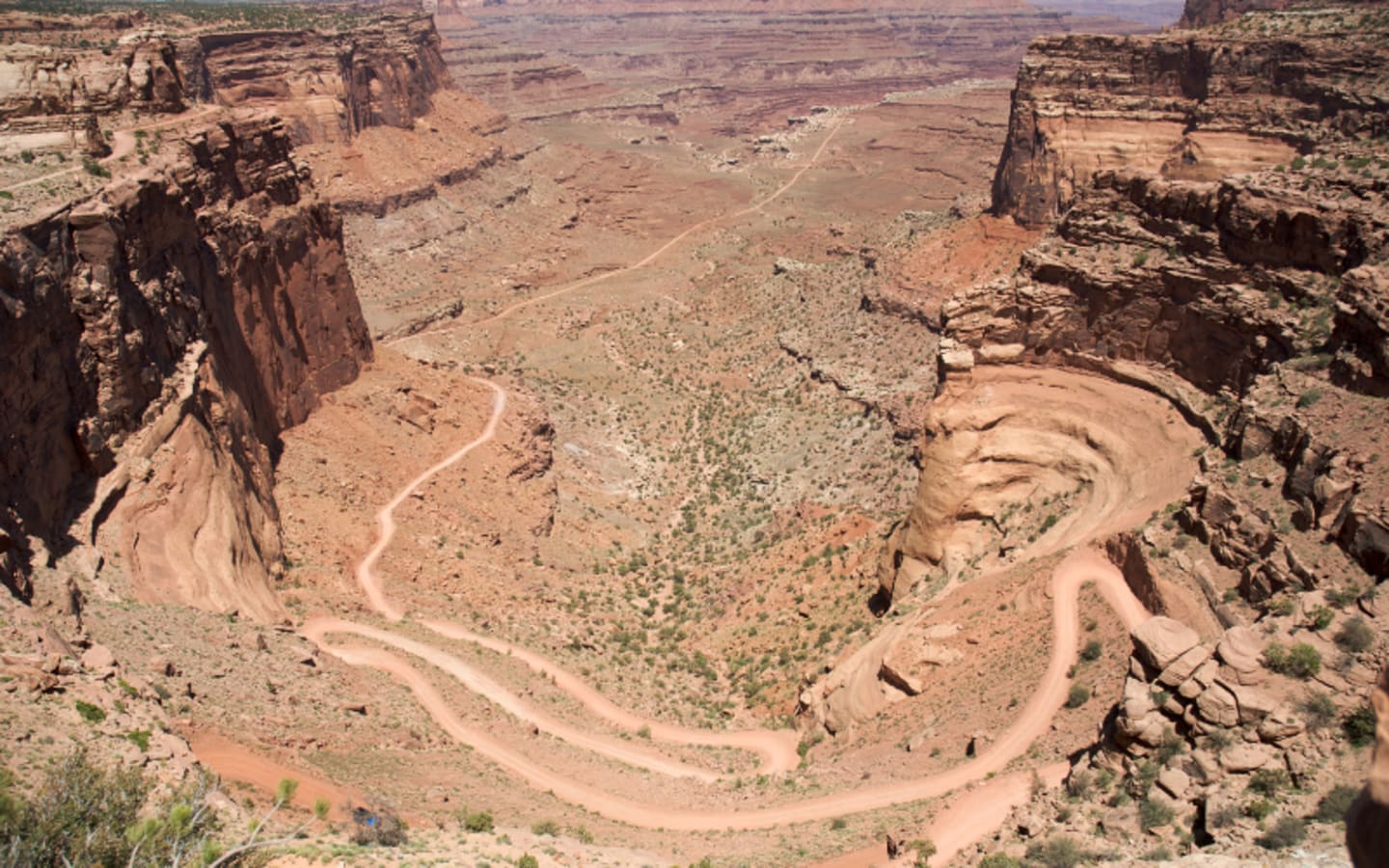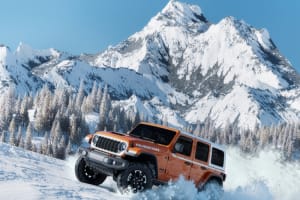The recent decision by the Trump Administration’s U.S. Department of Agriculture to revoke the Roadless Rule has sparked heated debate across the country. This move, which eliminates protections for 58.5 million acres of National Forest System lands, is being sold by some as a victory for outdoor enthusiasts, particularly those who enjoy off-roading. But the reality is far different. This isn’t about opening new trails for adventure seekers or improving forest management—it’s about paving the way for timber, oil, and gas industries to exploit America’s public lands. For those who value the outdoors, this is a critical moment to understand what’s at stake and take action to protect these cherished landscapes.
The Roadless Rule, established to safeguard vast swaths of untouched forest, prohibited road construction, reconstruction, and timber harvesting in designated roadless areas. These areas, spanning millions of acres across states like Utah, Montana, and Alaska, represent some of the last truly wild places in America—lands where people hunt, fish, hike, and explore. The rule wasn’t about locking anyone out; it included exceptions for things like fire mitigation, access to private inholdings, and limited timber projects that could benefit wildlife or reduce wildfire risks. It struck a balance, ensuring these areas remained intact while still allowing responsible use.
Now, with the rule gone, the administration claims it’s addressing overly restrictive policies that harm forest management and rural economies. According to the USDA, the Roadless Rule affects 30% of National Forest System lands, including 60% of forest service land in Utah, 58% in Montana, and a staggering 92% in Alaska’s Tongass National Forest, the largest in the country. They argue that these restrictions hinder fire prevention efforts and stifle economic growth, particularly in industries like forestry. For example, Utah officials have claimed the rule causes a 25% drop in economic development in the forestry sector.
But these claims don’t hold up under scrutiny. Data from the USDA itself shows that 85% of wildfires are human-caused, with 90% starting within a half-mile of a road. A 2007 study further confirmed that wildfires are strongly linked to roads, with fewer than 3% starting in remote wilderness or backcountry areas. Fire mitigation is already permitted in roadless areas, so the argument that revoking the rule is necessary to prevent wildfires falls apart. Instead, building new roads could increase fire risks by opening these areas to more human activity.
So, what’s really driving this decision? The answer lies in the interests pushing for the repeal. The administration, along with figures like Utah Senator Mike Lee, has long prioritized opening public lands for resource extraction. The revocation of the Roadless Rule clears the way for logging companies, oil and gas developers, and mining operations to access these previously protected areas. New roads would make it easier to tap into mineral, gas, and oil deposits or to harvest timber on a large scale. Even more concerning, it could lead to the sale or leasing of these public lands to private industries, effectively shutting out the public from places that belong to every American.
Groups like the Blue Ribbon Coalition, based in Utah and led by a former aide to Senator Lee, have tried to spin this as a win for off-roaders, claiming it will open new trails and improve access. But this narrative is misleading. Most off-roaders will never see these areas turned into recreational trails. If roads are built, they’ll likely serve industrial purposes, leading to private land controlled by extractive industries—not open playgrounds for four-wheelers or dirt bikes. The natural beauty that draws people to these wild places, from rugged mountains to pristine forests, risks being strip-mined or clear-cut, leaving little for anyone to enjoy.
The Tongass National Forest in Alaska is a prime example of what’s at risk. This massive forest, one of the largest temperate rainforests in the world, has been a battleground for conservationists. Previous attempts by the Trump Administration to open the Tongass for mining sparked fierce opposition, with groups like Backcountry Hunters & Anglers leading the charge to protect it. The public overwhelmingly rejected those plans, and legal battles forced a temporary halt. But with the Roadless Rule gone, the threat looms larger than ever. For most Americans, especially those in the Lower 48, the Tongass is too remote to visit regularly, but its loss would still be a blow to the nation’s natural heritage.
Kaden McArthur, Director of Policy and Government Relations at Backcountry Hunters & Anglers, put it plainly: “The Roadless Rule was never about closing roads or locking people out. It allows for exceptional backcountry recreation and includes exceptions for access to inholdings, mineral leases, and timber projects that reduce fire risk or benefit wildlife habitat.” He pointed out that national forests already have an extensive road network—twice the mileage of the entire U.S. National Highway System Hawkins & Anglers, and Howl for Wildlife, all of who have made it extremely easy to tell your elected representative what you think of all this BS.





